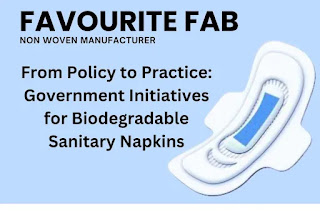Simplified Guide: Raw Materials for Making Sanitary Pads
When it comes to menstrual hygiene, accessibility and sustainability are key concerns. Many women around the world lack access to affordable sanitary products, while the environmental impact of traditional pads raises questions about their long-term viability. Fortunately, there's a growing interest in creating homemade sanitary pads using readily available materials. In this simplified guide, we'll explore the basic raw materials needed to make sanitary pads, empowering you to take charge of your menstrual health in a sustainable way. Why Make Your Own Sanitary Pads? Before we delve into the raw materials, let's quickly understand the benefits of making your own sanitary pads: Cost-Effective: Homemade pads can be significantly cheaper than commercially available options, you money in the long run. Sustainability: By using eco-friendly materials, you reduce your environmental footprint compared to disposable pads, which often contain plastics and chemicals. Customizatio
